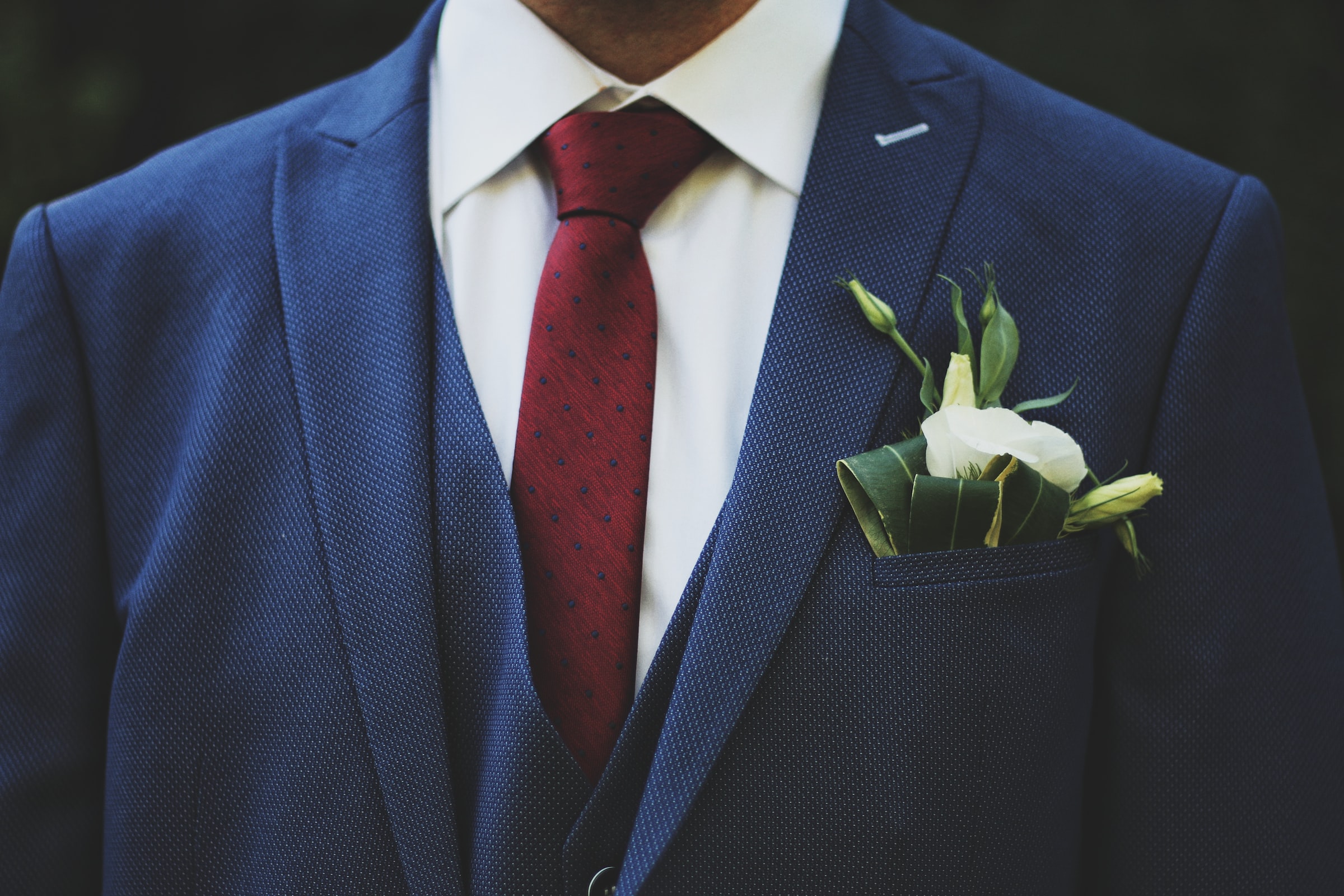A green flower, a red tie, a bunch of keys: more than a simple means of individual expression, fashion has also served as a tool for discreet identification between queer individuals, long condemned to underground life. How to recognize one’s own in a sea of normativity? How to find love (or anything else) without being able to assume in broad daylight which you are?
Long before ready-to-wear brands started producing “pride collections” with varying degrees of success, and especially long before their existence and relationships were gradually decriminalized, LGBTQ+ people were already using fashion as a tool for aesthetic emancipation and intra-community recognition. A non-exhaustive overview of (not always) secret codes that may be detailed to you but often mean a lot. So, without further ado, let’s dive into this blog and learn more about the queer community.
1. The green flower

On September 13th in New York, Elliott Page attended the Met Gala. If the annual mass of the fashion world usually calls for the extravagance of its guests, the transgender actor chose to do it in simplicity, with one detail: the green rose buttoned to the lapel of his black suit.
The choice seems anecdotal. It is not at all: this flower is, in fact, a queer wink to the green carnation worn by Oscar Wilde in the 1890s and then became, in London in the late 19th century, a symbol of discreet recognition between those who, like him, were homosexuals.
According to Andrew Lear, historian and founder of Oscar Wilde Tours, a travel agency specializing in LGBT history, it was in 1892 that the movement gained momentum: “on the night of the premiere of his play, Lady Windermere’s Fan, Wilde decided to have one of the actors wear a green carnation, and asked a dozen of his relatives to do the same. The flower quickly became the emblem of Wilde and his group.
2. The key ring
Still at work today (and significantly more well-known than the previous examples), the cliché that lesbians are recognizable by the bunch of keys or the carabiner invariably attached to the loops of their pants is, according to American journalist Christina Cauterucci, “one of the most persistent sartorial symbols of lesbian culture, and one of the few stereotypes about us that is both harmless and true.
In an article for Slate, she explained in 2016 that the practice dates back to the time when butch lesbians were steered into “blue-collar jobs” because they didn’t fit the gender stereotypes associated with the few professions then available to women (hostess, waitress, secretary, etc.). She adds, “Freed from the rigors of dress codes, these women worked as custodians, postal workers, or mechanics, and needed easily accessible keys.”
3. The handkerchief

Black indicates an interest in sadomasochistic practices. Light blue for oral sex. Gray, for bondage. Worn in the jeans’ left or right back pocket, it indicates whether you want to be a donor or a recipient. The exact origin of the hanky code (handkerchief or hanky code in its original version) is still disputed: for some, it would have been invented in 1972 by the British Alan Selby, owner of a store specializing in the sale of leather goods, then in search of a way to sell too many scarves sent by mistake by one of his suppliers.
For others, this system is due to a journalist from the New York magazine Village Voice, who suggested that homosexual men should develop a more complete system of discreet and non-verbal identification of their sexual preferences than the one in force until then (and which he shared with lesbians): hang his keys on his belt loops, on the right for the active ones and on the left for the passive ones.
4. The violet
In the 1970s, American feminists went so far as to call the membership of lesbians in their movement the “Purple Menace”. But to understand the origins of the specific association between the violet flower and female homosexuality, which remains today in the form of pins or tote bags, it is necessary to be interested in the work of the ancient poetess Sappho. A native of the Greek island of Lesbos (from where derives the word “lesbian”), her texts are indeed full of homoerotic references in which the flower has all its importance.
Centuries later, in 1926, Édouard Bourdet put in a scene in his play The Prisoner with a couple of women, of which one offered to the other a bouquet of violets. Accused of obscenity, the play was banned on Broadway and caused a dramatic drop in the sale of violets in American florists. At the same time, during the Parisian performances, some women decided to hang them on the lapels of their clothes as a sign of support.
Sound off in the comments section below, and tell us what you want to read next and if you want to read more about queer symbols.





